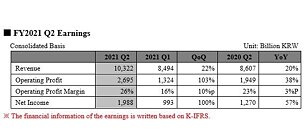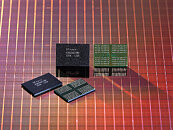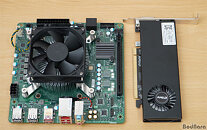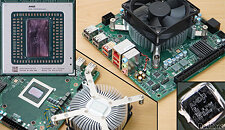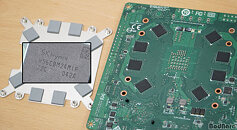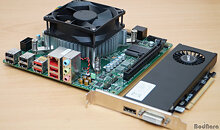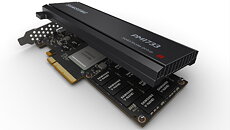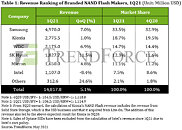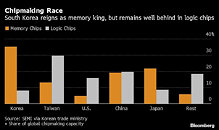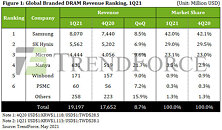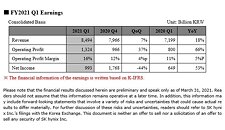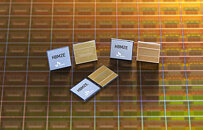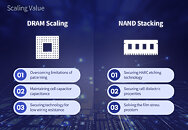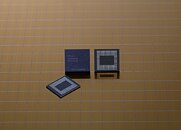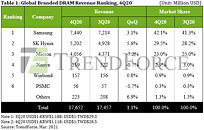
EVGA RTX 3090 Kingpin & Intel Core i9-12900K Set New 3DMark Port Royal Record
The 3DMark Port Royal single card benchmark has a new record of 20,014 set by South Korean overclocker biso biso for Team EVGA. The overclocker used an Intel Core i9-12900K running at 5.4 GHz on an EVGA Z690 Dark Kingpin motherboard paired with the EVGA GeForce RTX 3090 Kingpin overclocked to 2,895 MHz. The system also featured 16 GB of DDR5 memory running at 6000 MHz from SK Hynix along with liquid nitrogen for cooling and Thermal Grizzly Kryonaut Extreme thermal paste on the CPU and GPU. This new record beats the previous record of 19,600 also from biso biso which featured the Core i9-10900K and RTX 3090 Kingpin.
EVGAArmed with the latest hardware, including an EVGA Z690 DARK K|NGP|N motherboard, and an EVGA GeForce RTX 3090 K|NGP|N running at a blistering 2,895 MHz GPU clock, extreme overclocker "biso biso" set a new single-GPU standard for 3DMark Port Royal with a score of 20,014! This marks the first ever 3DMark Port Royal (single card) score over 20,000 and a testiment to the capabilities of the highest performing EVGA products.














